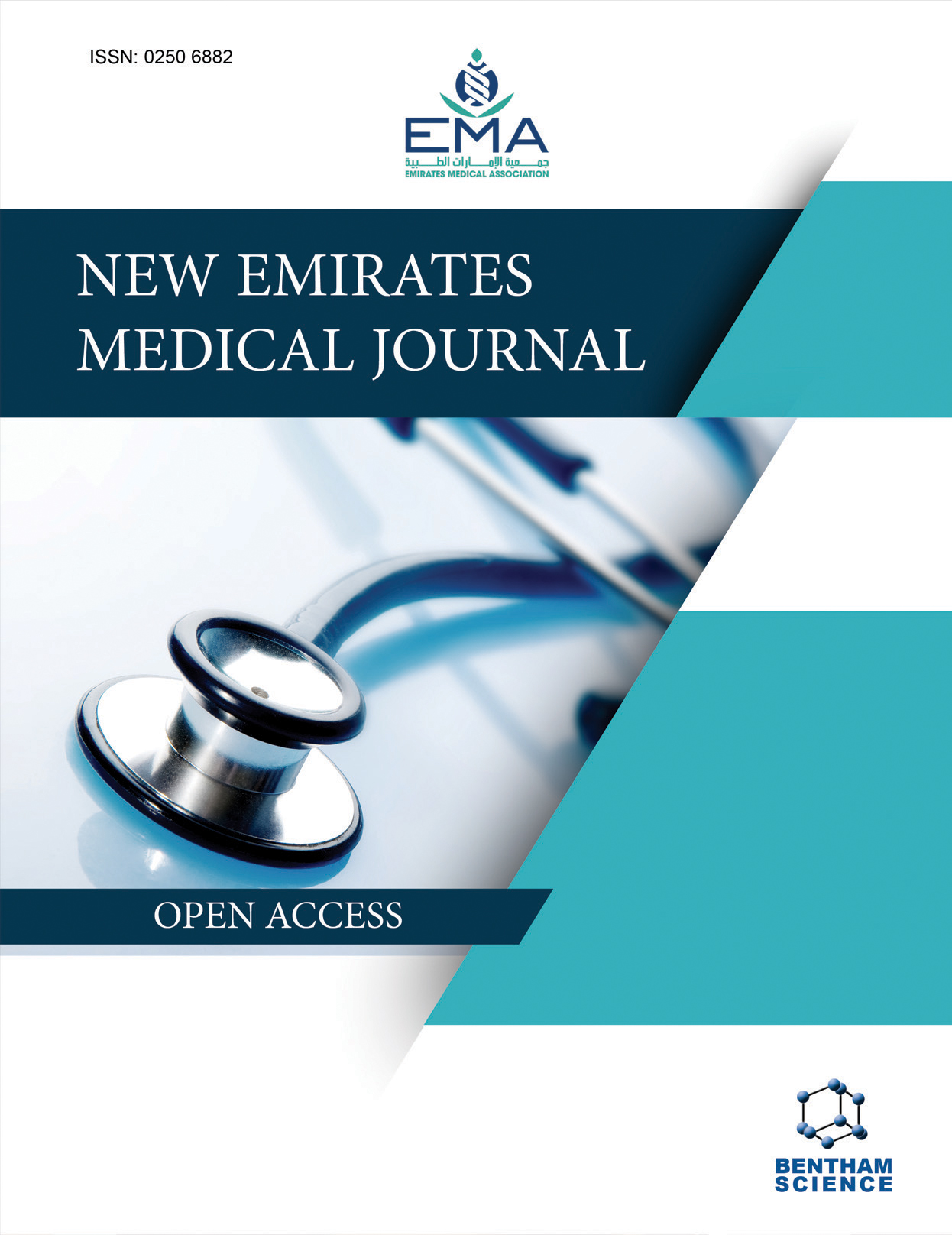-
oa Prevalence and Impact of Selenium in Iron-deficiency Anemia: Insights from a Clinical Trial on Anemia Correction and Symptom Improvement
- Source: New Emirates Medical Journal, Volume 5, Issue 1, Jan 2024, E02506882362987
-
- 01 Nov 2024
- 23 Jan 2025
- 01 Jan 2024
Abstract
Iron-Deficiency Anemia (IDA) is a global burden affecting more than a billion individuals. It is most prevalent due to nutritional deficiencies. Researchers have linked Selenium (Se) to anemia and erythropoiesis.
This interventional-study was designed to investigate the plasma Se concentration and its supplementation impact in IDA patients receiving standard treatment.
In the present study, a total of 215 IDA patients were enrolled from different departments of AIIMS, New Delhi, after getting ethical authorization from the Institutional-Ethical Committee. Iron supplements were administered to patients with only IDA, while a combination of iron and selenium supplements was given to patients with selenium-deficient IDA for 90 days. Parameters such as hemoglobin, hematocrit, RBC count, serum ferritin, transferrin, TIBC, and plasma Se levels were measured on the baseline and the 90th day.
All blood parameters were significantly below the normal reference range on the 0th day. Se levels were found to be higher in the study population {57% (122/215) in IDA}. Further, in low plasma Se IDA patients 26% (55/215), treatment with iron and Se supplements for 90 days significantly improved all blood parameters and led to a subjective improvement of the patient’s well-being.
Selenium levels are variable in patients with IDA, and no correlation can be drawn for the benefit of selenium in the IDA. Further, the high prevalence of nutrition-related disorders such as IDA highlights the need to avoid blind Se supplementation along with iron. These combination in the form of nutritional supplements having Se are rampantly available and sold over the counter. So, supplements with Se shouldn’t be generalized to IDA patients..
CTRI/2023/04/051405


